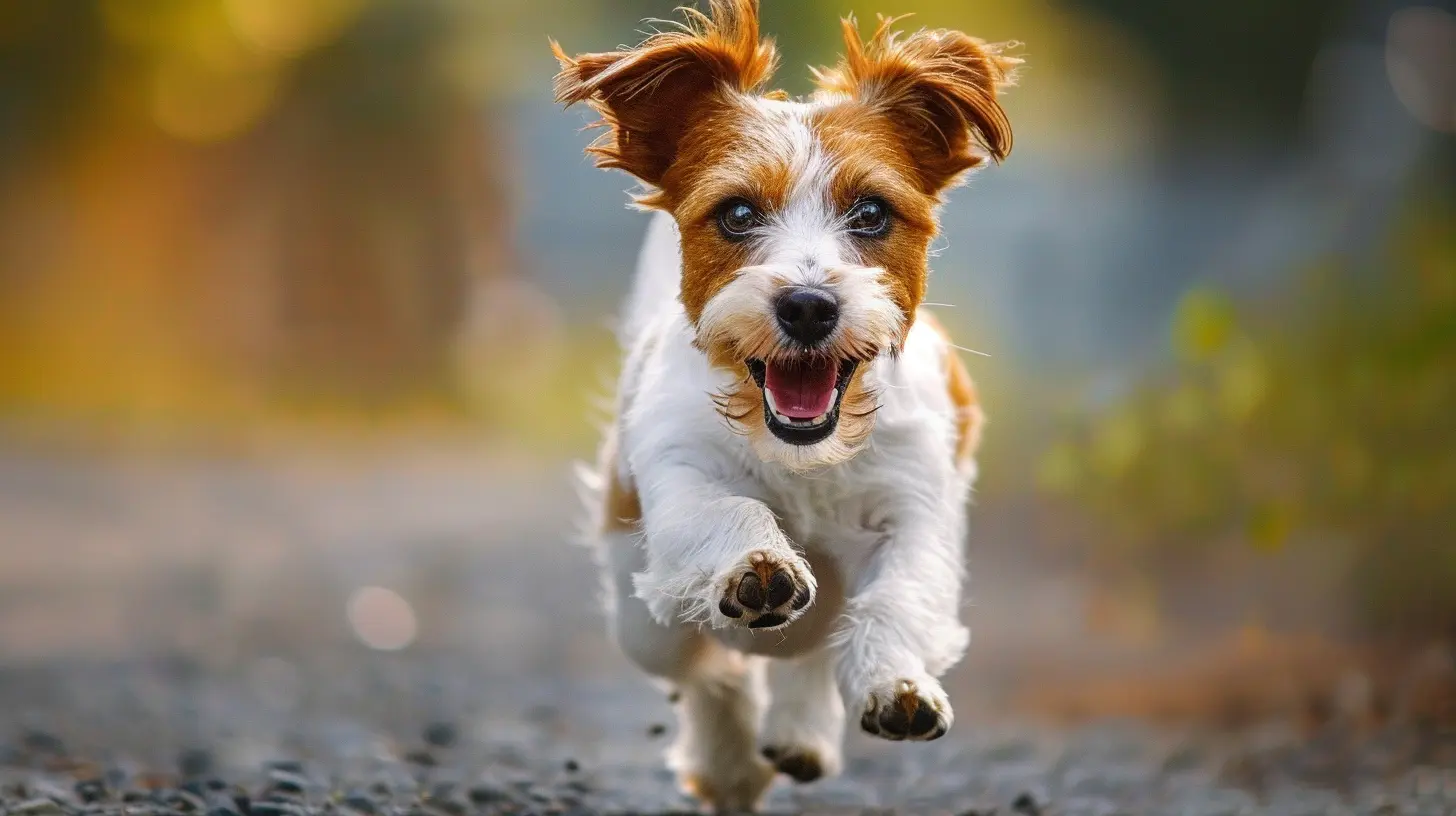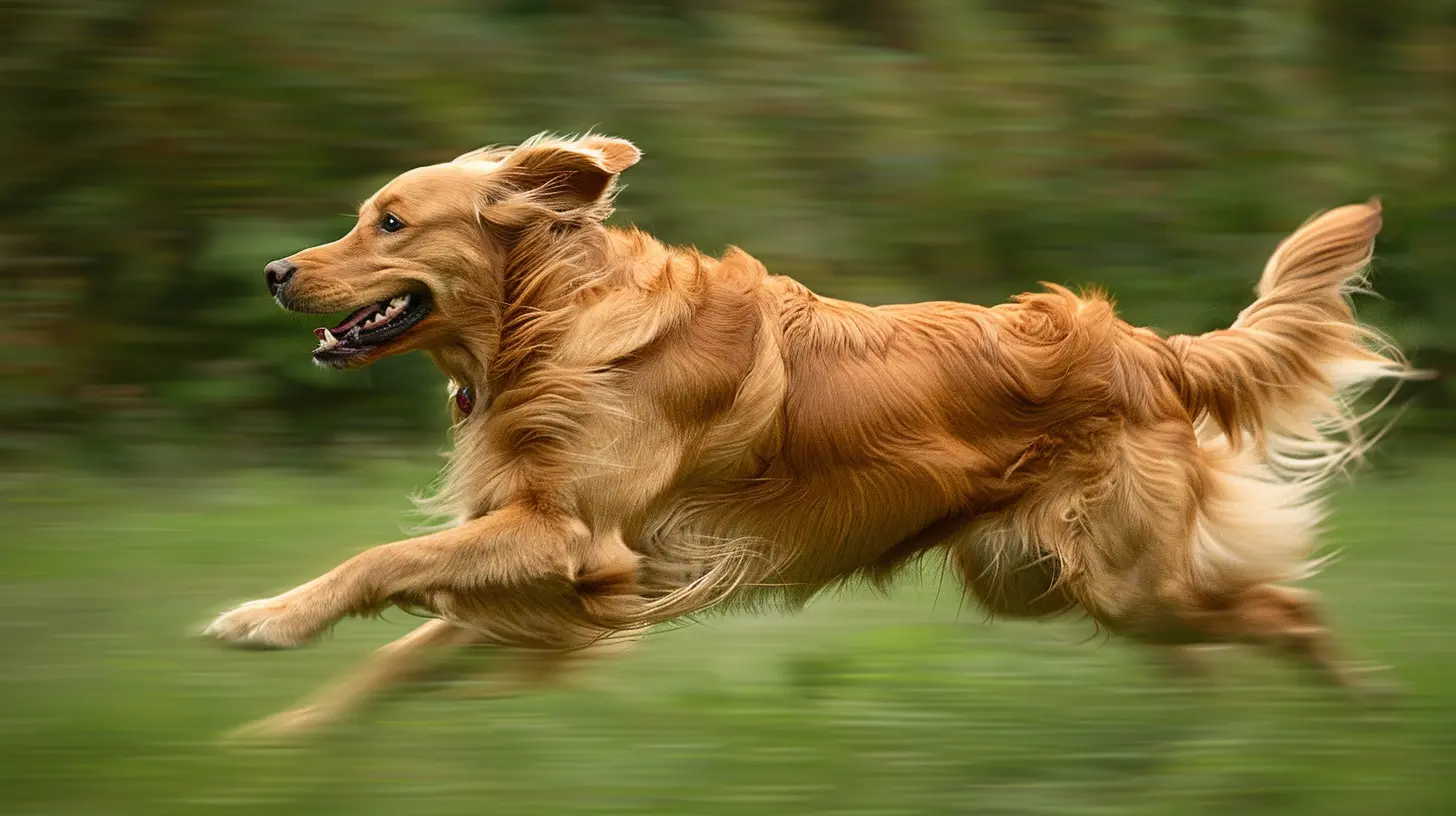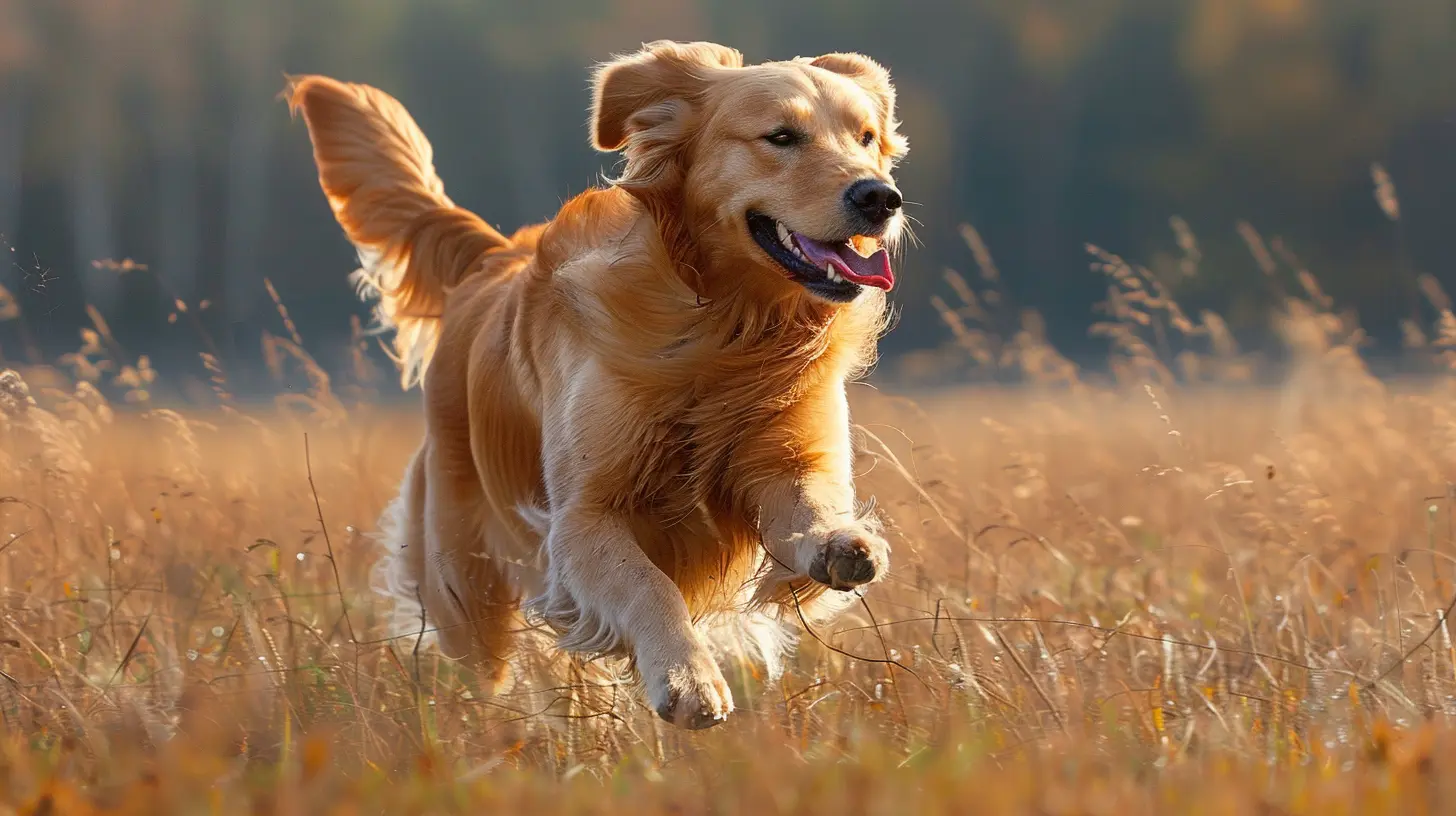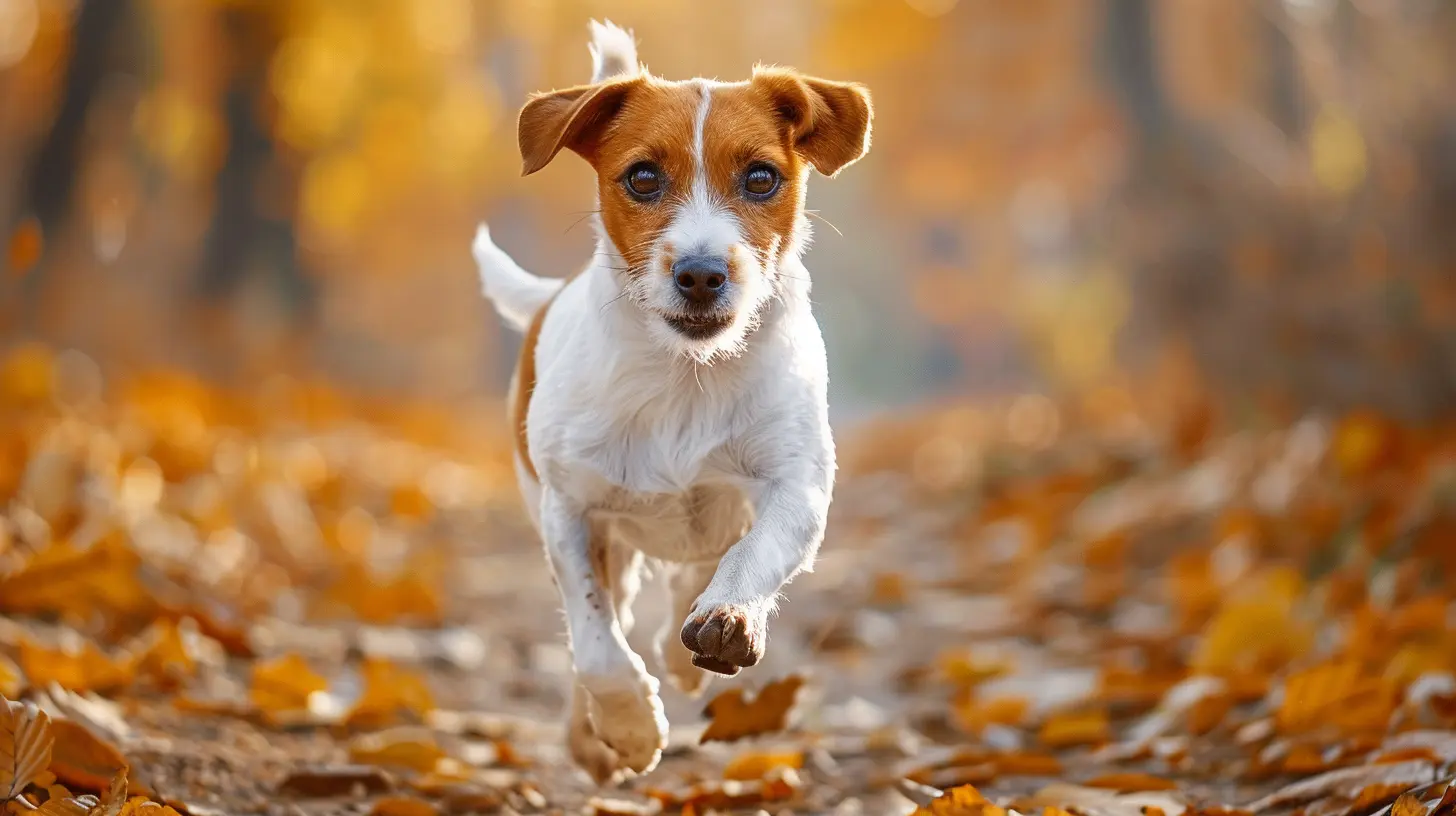Running with Your Dog: Tips for a Fun and Safe Experience
10 October 2025
There’s nothing quite like lacing up your sneakers, leashing up your pup, and hitting the pavement (or trail) together. Running with your dog isn’t just a great way to stay in shape—it’s also one of the best ways to bond with your four-legged best friend. That happy tongue-hanging grin, wagging tail, and eager bounce in their step? That’s pure joy.
But hold up—before you both take off at full speed, there are a few things you’ll want to know to make your runs safe, fun, and beneficial for both you and your furry companion.
Whether you're a seasoned runner looking to bring your buddy along or you're just starting out, this guide’s got your back. Let’s dig into the details.
Why Run with Your Dog?
First off, why even consider running with your dog? Well, beyond the obvious benefit of having an enthusiastic workout partner who’s always down to go, there are a few solid reasons:- Physical fitness for both of you: Dogs, like humans, need regular physical activity to stay healthy.
- Mental stimulation: Dogs love to explore the world through smells, sights, and sounds. A good run gives them a buffet of new experiences.
- Bonding time: Running together builds trust and deepens the emotional connection between you and your pup.
- Behavior improvement: A tired dog is a happy dog. Regular exercise can help reduce unwanted behavior that stems from pent-up energy.
Is Your Dog Fit for Running?
Not all dogs are built for long distances. Before you start planning your 5K together, you’ve got to size up your pup’s physical capabilities. Here’s what to consider:1. Breed Matters
Some breeds are born runners—think Border Collies, Labrador Retrievers, Vizslas, and Weimaraners. These athletic breeds thrive on endurance. On the flip side, flat-faced breeds like Pugs, Bulldogs, and Shih Tzus can struggle with breathing during physical exertion and should keep it low-key.2. Age and Health
Young puppies (under one year for most breeds) shouldn’t run for long distances—those growing joints can be sensitive. Senior dogs, or those with hip dysplasia, arthritis, or heart issues, may also need a vet’s clearance before hitting the trail.3. Get a Vet Checkup
Before adding “running buddy” to your dog's resume, it’s smart to get the green light from your vet. They can check for any hidden issues and give you advice tailored to your pup’s breed, age, and health.
Gearing Up: What You’ll Need
Running with your dog doesn’t require a ton of gear, but a few essentials can make the experience smoother and more enjoyable.1. Leash and Harness
Skip the retractable leash. Go for a fixed-length leash—ideally between 4 to 6 feet. A hands-free leash that attaches around your waist can be a game-changer.For comfort and control, a well-fitted no-pull harness is perfect. It eases strain on your dog’s neck and gives you more steering ability.
2. Water and Collapsible Bowl
Just like you need hydration on a run, so does your pup—especially on warm days. A foldable bowl or a dog-friendly water bottle means your dog can drink easily during breaks.3. Doggy Waste Bags
Be a good neighbor. Always scoop the poop. Enough said.4. Reflective Gear (If Running Early/Late)
If you’re running during low-light hours, both you and your dog should wear reflective or LED gear. Safety first, always.
Training Your Dog to Be a Running Buddy
You wouldn’t run a marathon without training, right? Same goes for your dog. Here’s how to ease into it:1. Start Slow and Short
Begin with brisk walks, then transition into short jogs. Let your dog set the pace at first, and gradually build up distance and speed.2. Teach Running Cues
Simple commands like “let’s go,” “leave it,” “slow,” and “stop” can help keep your dog focused and safe. A few extra sessions of obedience training can go a long way.3. Keep to One Side
Train your dog to run consistently on either your left or right side. This prevents the zigzagging chaos of a dog who can’t decide where they want to be.Best Running Surfaces for Dogs
Think about your dog’s paws—hot pavement, sharp gravel, or salty winter roads can be harsh.- Grass and trails: Softer and easier on joints and paws.
- Dirt paths: Great for traction and natural cushioning.
- Pavement: Okay for short runs, but keep it cool. If it’s too hot for your hand, it’s too hot for their paws.
Pro tip: After each run, check your dog’s paws for cuts or irritation.
Know When to Call It Quits
Dogs aren’t always great at knowing when to stop. They may keep running just to keep up with you. That’s why it’s up to you to watch for signs they’ve had enough.Signs to Watch For:
- Heavy panting- Lagging behind
- Limping or slowing down
- Excessive drooling
- Foaming at the mouth
- Stumbling or acting disoriented
If you see any of these, stop immediately, offer water, and let them cool down in the shade. And remember, never push your dog past their limits.
Hot Weather and Cold Weather Running
Extreme temps can turn a joyful run into a risky situation fast.Hot Weather Running Tips:
- Run early in the morning or later in the evening.- Stick to shaded routes.
- Bring extra water.
- Keep runs short and sweet.
Cold Weather Running Tips:
- Keep your pup moving to stay warm.- Use a doggy jacket if your dog has short fur.
- Watch for ice, salt, and snow packed in their paws.
Pro Tip: Use paw wax or booties to protect paws from heat, ice, or sharp debris.
Dog Running Etiquette
Running with your dog comes with responsibility, especially around other people, dogs, or wildlife.Basic Tips:
- Keep your dog close and under control.- Don't let them dart toward strangers or other animals.
- If passing other runners or walkers, call out a polite “Coming up on your left!”
- And again… always pick up after your dog.
Being courteous on the trail keeps everyone’s experience positive—plus, it helps dog lovers like you keep enjoying public running spaces.
Mixing It Up: Make Running Fun
Running doesn't have to be a drag—keep it interesting for your pup (and for you):- Change your route: New smells and sights keep dogs engaged.
- Incorporate intervals: Alternate running and walking to build endurance.
- Try trail running: Most dogs love off-road adventures.
- Run with friends: If your dog plays well with others, invite a running buddy with their dog.
Put simply, never let running become boring. Dogs love variety—just like us.
After the Run: Cool Down and Care
Don’t forget the post-run routine. It helps your dog recover and stay healthy long-term.Here’s What to Do:
- Offer water and let your dog rest in the shade.- Check their paws for cuts or abrasions.
- Give them a good once-over for ticks if you’ve been in the woods.
- Massage their legs and hips (yep, dog massages are a thing).
- Praise them like they just won the dog Olympics.
And maybe… just maybe… treat them to a little post-run snack.
Final Woof
Running with your dog is one of life’s purest and simplest pleasures. It’s the kind of shared activity that builds trust, keeps both of you feeling amazing, and creates memories that'll stick for years.But like any good adventure, it comes with preparation and care. Start slow, pay attention to your dog’s cues, gear up properly, and above all, have fun with it.
Your dog may not care about pace, distance, or personal bests—but they’ll always care about the time spent with you. So what are you waiting for? Grab the leash, give your pup that “wanna go for a run?” smile… and hit the road together.
all images in this post were generated using AI tools
Category:
RunningAuthor:

Frankie Bailey
Discussion
rate this article
1 comments
Mistral Black
Great tips! My dog loves our runs together. It’s such a fun way to bond and stay active! 🐶🏃♂️
October 24, 2025 at 3:15 AM

Frankie Bailey
Thank you! I'm glad you found the tips helpful—running with your dog is such a rewarding experience! 🐾


